The views expressed in our content reflect individual perspectives and do not represent the authoritative views of the Baha'i Faith.
History tells a tragic tale of how we human beings, especially those in power, treat the prophets. What makes our leaders react so cruelly to the founders of the world’s great Faiths?
Why do we scorn and even kill our prophets?
You’ve no doubt noticed that the authorities and leaders of society have a terrible track record when it comes to those holy messengers of God. They’ve treated each of the original founders of our most widespread religions and their early followers very, very badly. The actions of those leaders meant that Abraham and Moses faced prison, exile, ridicule, and persecution. Krishna and Buddha suffered derision and official censure from the leaders of the time. The political and religious leaders of our so-called advanced civilizations crucified Christ, and made war on Muhammad. They also exiled and imprisoned the prophet and founder of the Baha’i Faith, Baha’u’llah, and executed the forerunner of Baha’u’llah, The Bab.
Perhaps, though, you haven’t heard about the Bab and his fate. The powerful story of what happened to this charismatic young prophet — who started a progressive new religion in the midst of one of the world’s most corrupt and backward societies, and suffered enormously as a result — may amaze you.
A young Persian named Siyyid Ali Muhammad, known as the Bab (which means Gate in Arabic, and is pronounced bŏb) began his new faith — the Babi Faith — in 1844. His emergent religion had its roots in the prophetic Sufi mysticism prevalent in 19th century Persia. The Bab taught a stirring message — that he had come to herald the future appearance of a great, worldwide revelation, just as John the Baptist had announced the advent of Christ — and that he and the one he prophesied would ultimately unite humanity and reconcile its religious traditions. He wrote:
Become as true brethren in the one and indivisible religion of God, free from distinction, for verily God desireth that your hearts should become mirrors unto your brethren in the Faith, so that ye find yourselves reflected in them, and they in you. This is the true Path of God, the Almighty, and He is indeed watchful over your actions.
The Babi Faith rapidly caught fire in that very tradition-bound culture. Initially a few early adherents learned about the Bab’s teachings, but then thousands and tens of thousands of people rapidly became Babis, breaking away from their society’s Islamic Sharia traditions and practices and challenging the authority of its leaders. Persia’s rulers and powerful clergy did not react kindly to this new development, to say the least. Instead, they unleashed a campaign of brutal persecution and genocide.
Six years after the Bab’s announcement of his new faith in 1844, the government ordered the execution of this young, intensely charismatic messenger. Between 1844 and 1850 they’d already gruesomely tortured and executed more than 20,000 of the Bab’s ardent followers. The Bab called for revolutionary changes to the prevailing system of religious belief and governance, and taught the unity of all religions, so the authorities feared that this dynamic challenge and its growing support would soon restrict or remove their power.
With their wholesale genocide against the Babis, the Persian king and the Islamic mullas tried to put an end to the Bab’s movement — but more and more people became Babis despite their horrific persecutions. Finally, in July 1850, frightened of its growing influence and desperate to stop the movement, the authorities summarily sentenced the Bab to death. Charging him with apostasy — the same exact charge the Pharisees leveled against Jesus — the Bab refused to repent or refute his teachings, calmly accepting the consequences.
So 170 years ago today, the Bab’s persecutors ordered him executed by firing squad in the town square of Tabriz, Persia. Anis, one of the Bab’s young followers, insisted on accompanying him in death, and the authorities gladly consented. A massive crowd of 10,000 people watched from the roofs of the barracks and the nearby houses surrounding the square.
During the morning before the execution, Sam Khan, the colonel who commanded the Armenian regiment of mercenary soldiers ordered to execute the Bab, begged forgiveness from his potential victim. “I profess the Christian faith,” Khan told the Bab in his cell, “and entertain no ill will against you. If your Cause be the Cause of Truth, enable me to free myself from the obligation to shed your blood.”
The Bab told the commander “Follow your instructions, and if your intention be sincere, the Almighty is surely able to relieve you from your perplexity.”
The Bab was taken from his cell, and suspended from ropes against the wall of the barracks.
After Sam Khan gave the order to fire, the muskets from his regiment roared. Western journalists who witnessed the huge volley reported that “The smoke of the firing of the seven hundred and fifty rifles was such as to turn the light of the noonday sun into darkness.”
As soon as the smoke cleared, the crowd could see that the Bab had disappeared.
Anis stood uninjured at the base of the wall, the ropes hanging in tatters. Astonished, the crowd shouted that they had witnessed a miracle. As historian Nabil-i-Aʻzam wrote in his book “The Dawn-Breakers: Nabi’s Narrative of the Early Days of the Baha’i Revelation”:
“The Siyyid-i-Bab has gone from our sight!” rang out the voices of the bewildered multitude. They set out in a frenzied search for Him, and found Him, eventually, seated in the same room which He had occupied the night before, engaged in completing His interrupted conversation, with Siyyid Husayn. An expression of unruffled calm was upon His face. His body had emerged unscathed from the shower of bullets which the regiment had directed against Him. “I have finished My conversation with Siyyid Husayn,” the Bab told the [officer]. “Now you may proceed to fulfil your intention.”
Immediately, Colonel Sam Khan ordered his regiment of riflemen to march away, swearing that he would never again obey such an order, even if it cost him his own life. When Khan’s troops left the square, the colonel of the official Tabriz bodyguard volunteered to carry out the execution. At that point, the Bab said his final words:
Had you believed in Me, O wayward generation, every one of you would have followed the example of this youth, who stood in rank above most of you, and willingly would have sacrificed himself in My path. The day will come when you will have recognised Me; that day I shall have ceased to be with you.
The guards strung the Bab and his follower Anis up again. The firing squad took aim and fired. The second time, the execution succeeded.
Today the fused, bullet-ridden bodies of the Bab and his faithful follower repose under a golden dome on Mt. Carmel in Haifa, Israel. Every year millions of people from all over the globe visit that holy spot and every day the Shrine of the Bab proclaims the Baha’i message of unity, peace, love, and selflessness to the world.
On July 9, 2020, the global Baha’i community commemorates the 170th anniversary of the Bab’s martyrdom. Instead of the usual in-person gatherings, in light of the coronavirus pandemic, many Baha’i communities will hold virtual observances. But the spirit will be the same: to honor the Bab’s sacrifice and recognize the new cycle of religious revelation he set in motion, which opened the way for the revolutionary, unifying message of Baha’u’llah.


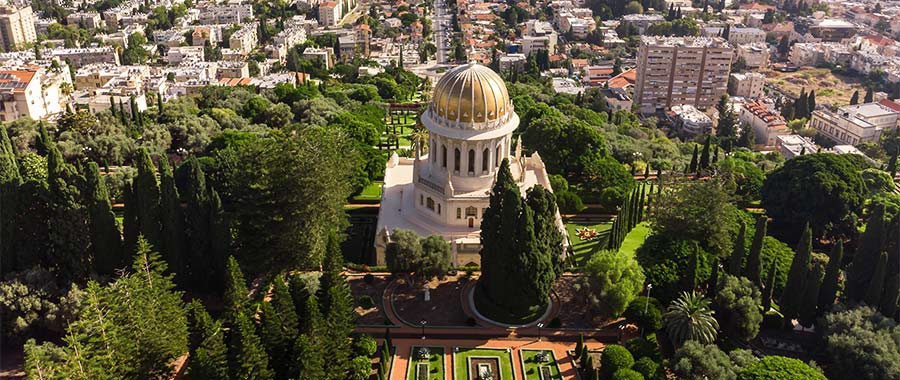
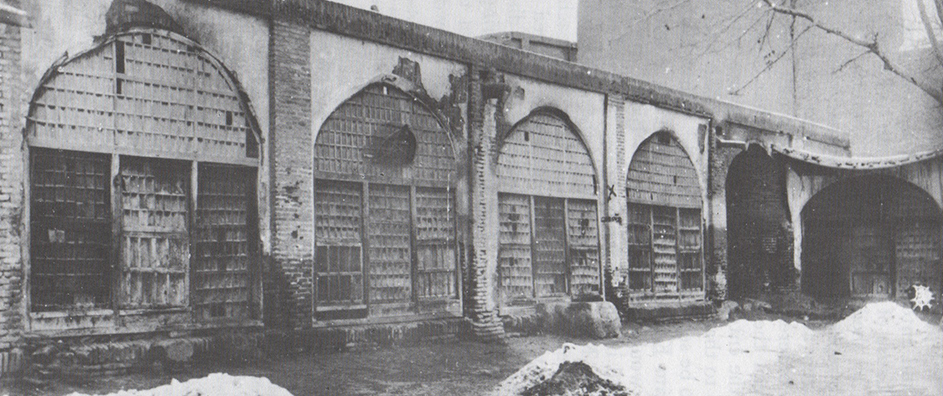


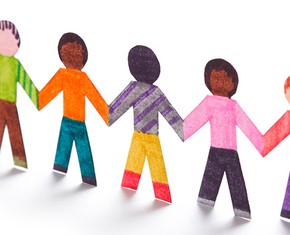

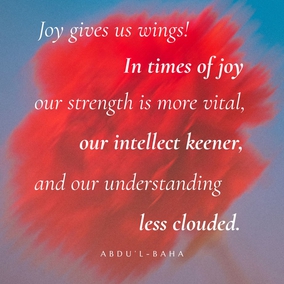
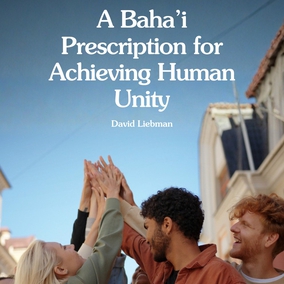
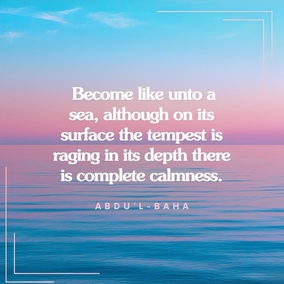

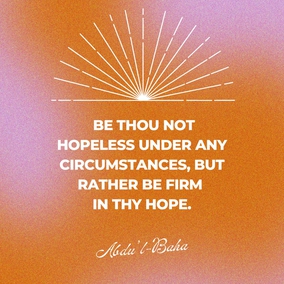
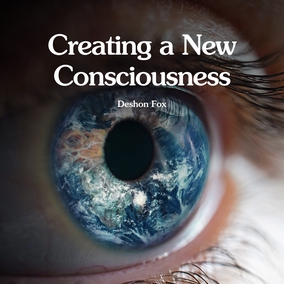



Comments
Sign in or create an account
Continue with Googleor